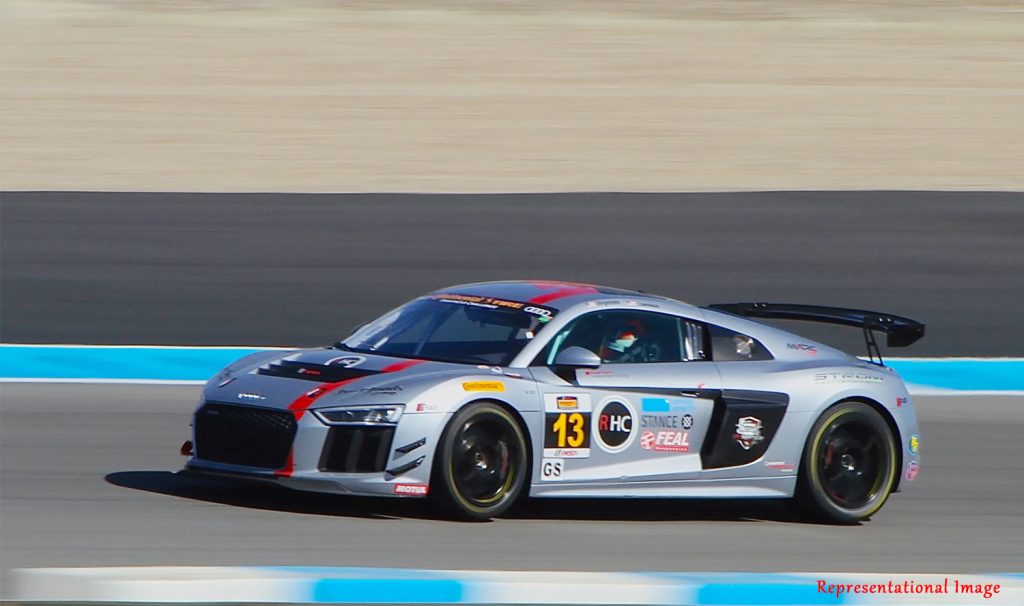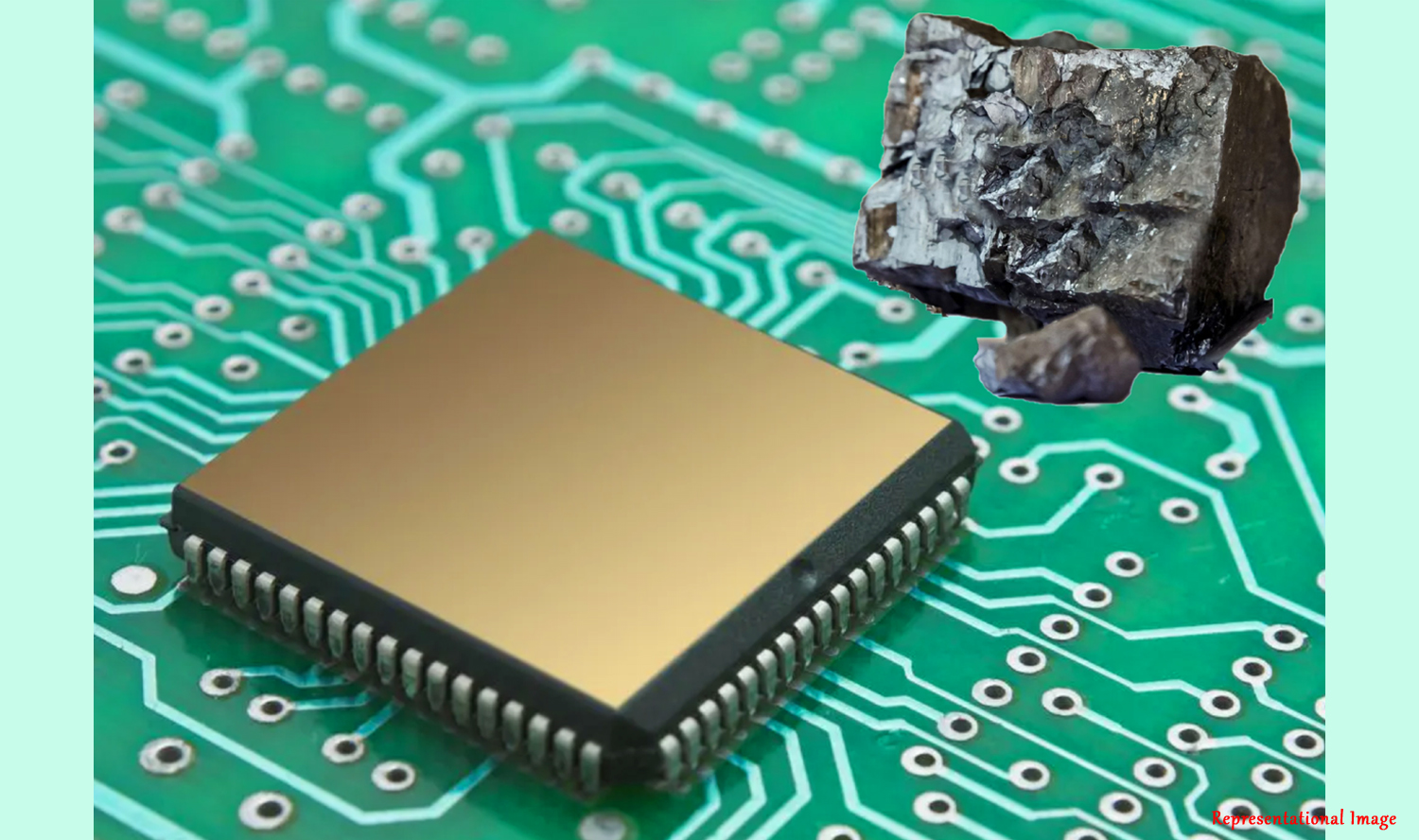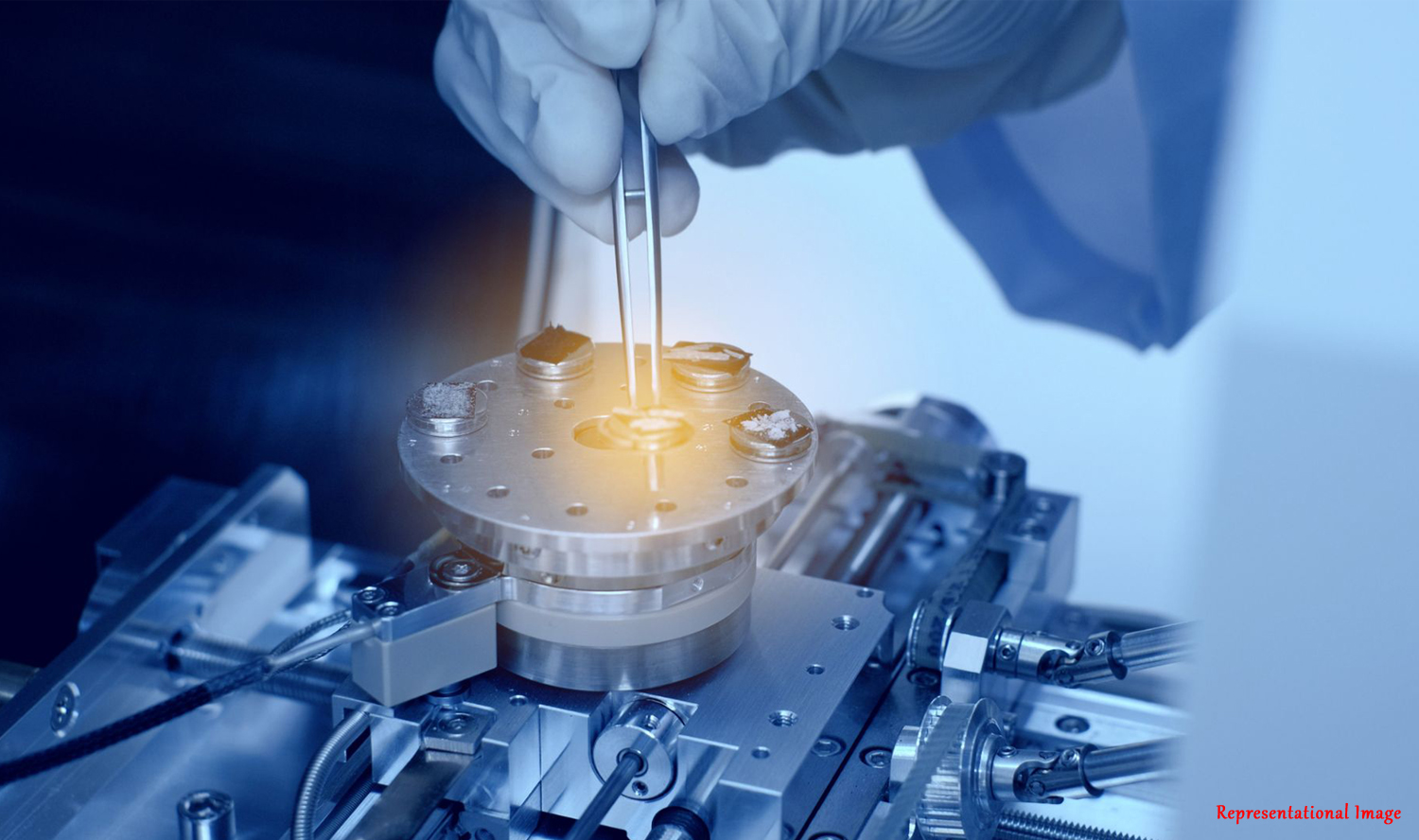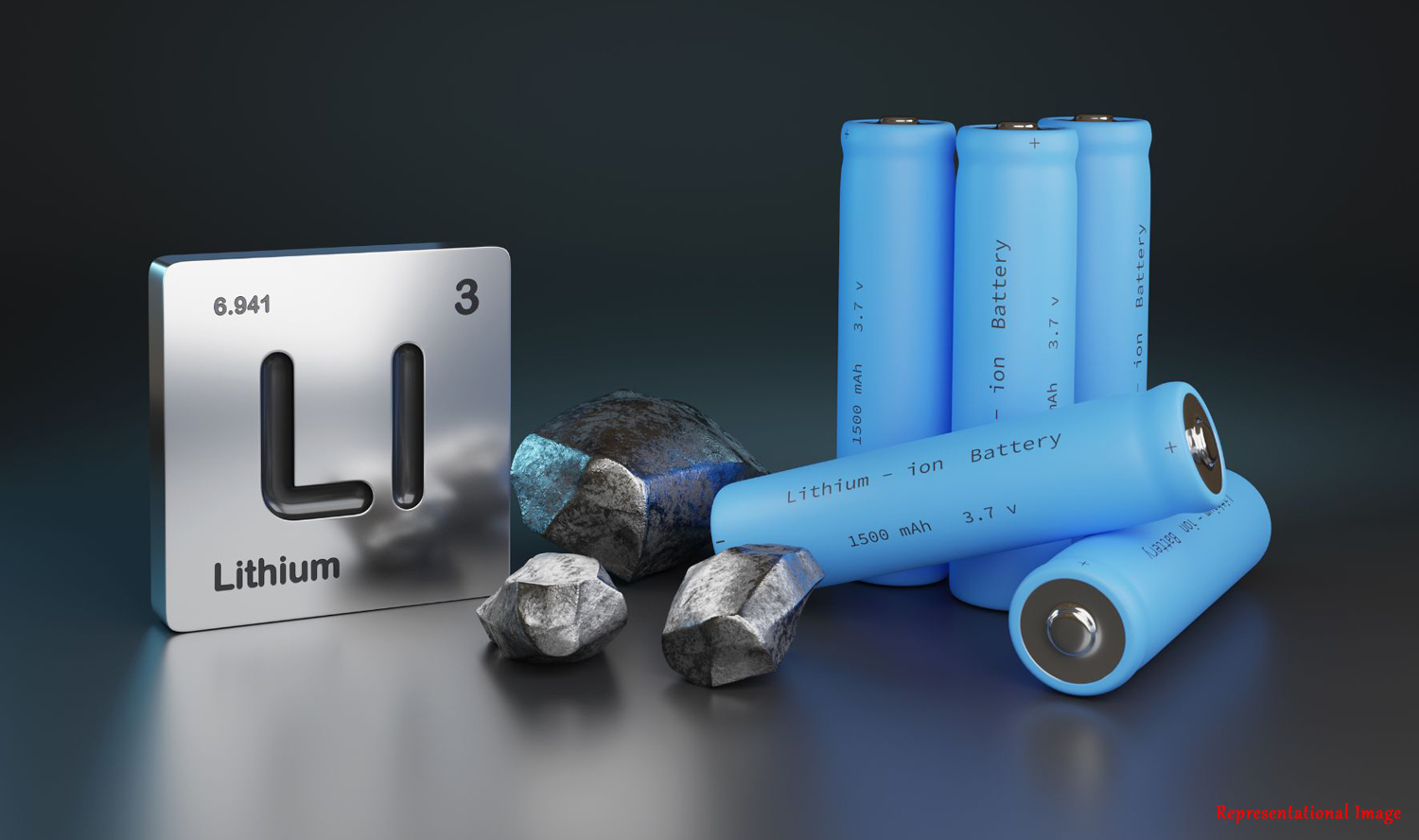
Diesel engines are preferred over gasoline engines due to their high thermal efficiency and better fuel economy benefits. But there are drawbacks to conventional diesel engines in that they emit a large amount of oxides of nitrogen gas and soot emissions. To overcome these shortcomings, the solution lies in low-temperature combustion engines.
Low-temperature combustion reduces the amount of oxides of nitrogen gas and soot emissions by reducing the combustion temperatures and increasing the fuel-air mixing time. The most widely investigated low-temperature combustion techniques include:
1. Homogeneous Charge Compression Ignition (HCCI)
2. Premixed Charge Compression Ignition (PCCI)
3. Reactivity Controlled Compression Ignition (RCCI)

Mr. V. Pradeep 
Dr. Anand Krishnasamy
Of these, PCCI mode of combustion was used in this study conducted by Mr. V. Pradeep and Dr. Anand Krishnasamy from the Department of Mechanical Engineering, Indian Institute of Technology Madras, Chennai, India. In this mode, fuel is injected early and a partial pre-mixed fuel-air mixture that self-ignites is formed. High amounts of exhaust gas recirculation are required to lower the combustion temperature so that it can be used in diesel engines. Because of this, oxides of nitrogen gas and soot emissions are reduced. Unfortunately, hydrocarbon and carbon monoxide emissions were the drawback.
To combat this problem, the authors of this paper tried mixing diesel with gasoline. Early injection timed along with high exhaust gas recirculation and low injection pressure was done so that combustion happened successfully in a diesel mixed with gasoline engine.
In this study, the aim was to address the load range limitation of PCCI mode of combustion in a light-duty small-bore diesel engine used in agricultural water pumping applications.
Using diesel with 30 percent gasoline, along with exhaust gas recirculation and water vapour induction helped to achieve the entire load range in PCCI mode to operate the engine. PCCI mode showed better engine performance characteristics with higher brake thermal efficiency and lowered the brake specific fuel consumption. As stated the oxides of nitrogen gas and soot emissions were greatly reduced in this method. But hydrocarbon and carbon monoxide emissions were the main drawback.
These emissions could be reduced by using narrow included spray angle, multiple injections, and optimizing combustion chamber geometry. The effects of long-term use of diesel-gasoline blends need to be investigated before the commercial implementation of the proposed strategy.
Prof. Rolf Reitz, Emeritus Professor, Department of Mechanical Engineering, University of Wisconsin-Madison, USA, commented at length on the work done by the authors as follows: “The researchers extended the operating range of a small diesel engine operating in a high efficiency, low emission combustion regime from less than 40% to over 80%. This improvement should be valuable in various applications, including for water pumping in agriculture. The combustion regime focused on is the Partially Premixed Compression Ignition (PCCI) combustion regime. PCCI is known to improve fuel efficiency, as well as to reduce pollutant emissions, but PCCI operation is generally limited to light loads, usually below 40% load. The significant achievement in the present study was that the researchers discovered means to increase of the engine’s load range to as high as 80% of full load. This was accomplished by replacing the diesel fuel with a diesel-gasoline blend (30% gasoline together with 70% diesel), and by adding water vapor together with Exhaust Gas Recirculation (EGR). Water addition is a known means to suppress knock in homogeneous charge compression ignition (HCCI) engines, and EGR is commonly used to control PCCI combustion, but even with EGR, loads are limited to light loads below 50%. However, by employing their novel dual charge dilution strategy with both water and EGR, the researchers were able significantly extend the load range in their small-bore diesel engine. The high specific heat capacity of water vapor and the low reactivity of gasoline in the fuel blend helped to obtain the proper combustion phasing and load extension using smaller quantities of EGR at high loads than is typically required.”
Article by Akshay Anantharaman
Here is the original link to the paper:
https://www.sciencedirect.com/science/article/abs/pii/S0016236122003854











